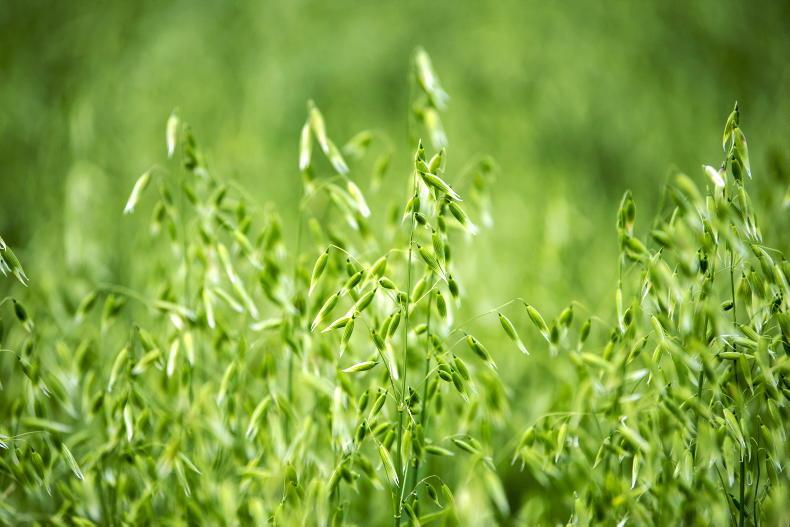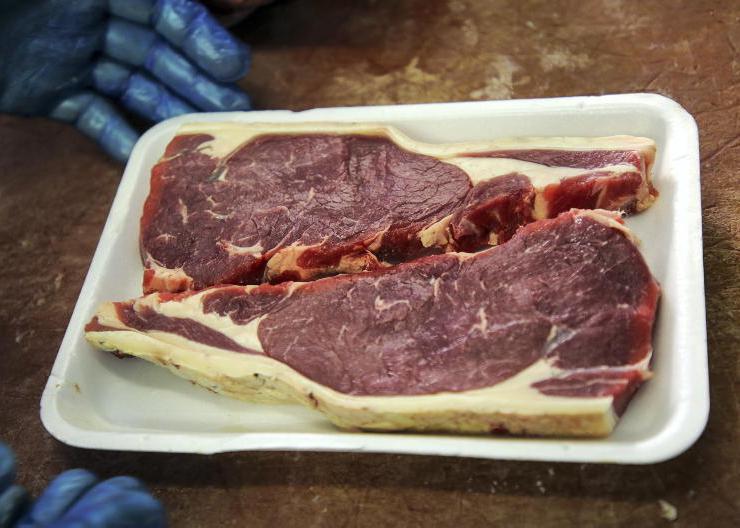A Teagasc model comparing organic and conventional tillage systems points to a 70% higher gross margin in organics over a sample seven-year rotation, even before Organic Farming Scheme payments are factored into the equation.
Teagasc organic tillage specialist Martin Bourke outlined the figures he crunched on an “ambitious” but “doable” organic tillage rotation in comparison to an equivalent conventional rotation of the same length on Friday’s Teagasc Signpost webinar.
The average organic margin came to €496/ac, while the conventional margin averaged €287/ac.
Organic payments would only tilt the results even more in favour of organics, Burke said.
Assumption
His figures were based on the assumption that organic grain, red clover silage and full protein intercrop would receive respective prices of €400/t, €45/bale and €500/t.
The conventional figures were calculated using current prices for beans, wheat, barley and rape, with lower seed costs for 2024 onwards, spray prices remaining unchanged from what they are at present and fertiliser falling to half its current price for all post-2023 crops.
“The average gross margin, if I average it out over the next seven years, the organic rotation would give an average gross margin there of €496/ac and the conventional seven-year €287/ac and that doesn’t include the [Organic Farming Scheme] payments,” Bourke told the webinar.
It’s a €200/ac difference
“It’s a €200/ac difference and when you add payments on top of that, there’s another €120 or €130/ac.”
The higher margins would result from lower input costs and organic premium prices more than compensating for the lower yields of the organic system.
The Teagasc specialist recognised that organic markets are favourable for farmers at present, but that an influx into the sector could affect this.
“I would say there is a very good short-term market certainly. Obviously, if 500 growers all came in with 500ac each, that would dampen it alright,” Bourke explained.
The rotation
The organic rotation put the land into red clover for two years, followed by a crop of winter wheat, then spring oats and a pea-bean wholecrop mix.
Years six and seven would see a crop of winter wheat before finishing the rotation with winter oats.
The mixed pea-bean wholecrop was estimated to yield 2t/ac and receive €200/ac in a full crop payment under the Protein Aid Scheme to gross €940/ac.
This crop yielded the highest profitability of any of the organic options explored, while the first year of red clover was assumed to only give eight bales/ac, leaving the farmer with €45/ac of gross margin.
However, the 20 bales expected of the same acre the following year would give a gross margin of €420/ac.
The various spring and winter cereal crops were estimated to yield between 1.8t/ac and 2t/ac to give gross margins of between €430/ac and €545/ac.









SHARING OPTIONS